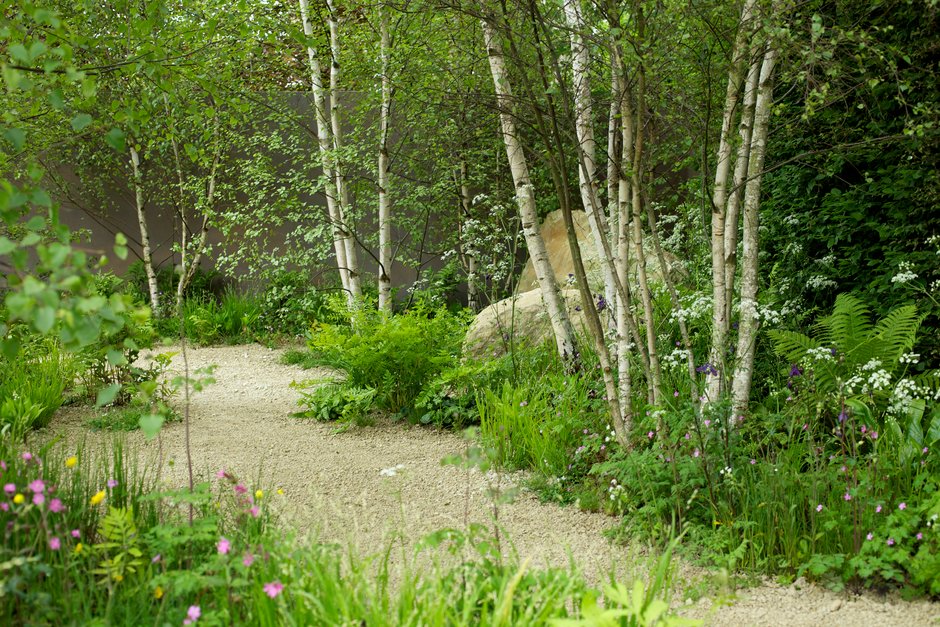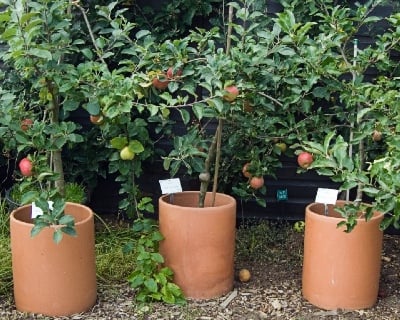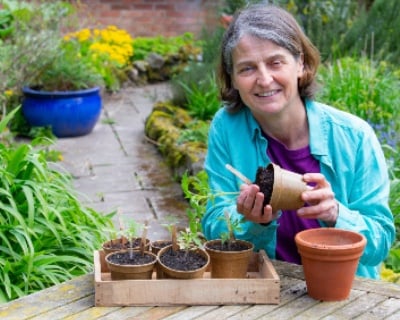Low-carbon container growing
From choosing your container to picking your plants, there are lots of easy ways to make sure your potted garden is a sustainable haven
Although potted plants have a smaller role to play than plants in the ground, they still take carbon from the air. Indoors, they’ll also help create a more natural environment by absorbing pollutants and oxygenating the air. Manage them sustainably and you’ll maximise those benefits.
Sustainable ways to grow plants in pots
Part 1 - choosing your pots and plants
- Use second-hand containers: look in reclamation yards, vintage shops, and online auctions for zero-carbon pre-loved planters. Choose the biggest you can: With a few exceptions, the larger your pot, the more your plants can spread out their roots. Choose pots that have a diameter of at least 45cm (18in). Or build your own planter boxes from reclaimed wood.
Grow plants that like container life: Plants that are happiest in containers are relatively slow growing, with naturally small root systems, such as dwarf (“patio”) fruit and veg, small shrubs like skimmias, and herbs. - Use pot dishes: Catch and recycle water and
nutrients - Plant permanently: Permanent shrubs, trees, perennials, and grasses absorb carbon over the longest period and generally need less compost, water, and fertilizers than hungry, fast-growing bedding plants.
Part 2 - sustainable techniques
- Grow from seed: Raise your own annual flowers, bedding plants, or vegetables from seed, sown into pots of home-made compost.
- Don’t change all the compost: When replanting
annuals compost - Use captured rainwater: Plants prefer rainwater, as it’s full of nitrogen and slightly acidic (unlike tapwater, which tends to be limy). You’ll avoid all the emissions involved in treating and transporting tapwater, too.
- Feed with home-made fertilisers: Artificial fertilisers are another source of greenhouse gas emissions (and tricky-to-recycle plastic bottles) so make your own.
- Grow a container fruit garden: Potted orchards of fruit trees and berries are the ultimate in sustainable container growing, majoring on permanently planted, carbon-rich woody trees.
More low-carbon gardening ideas

How to grow a low-carbon garden

Using sustainable materials

Planting a low-carbon garden

Make a low-carbon wildflower meadow

Grow your own garden sundries

Grow a potted mini orchard


